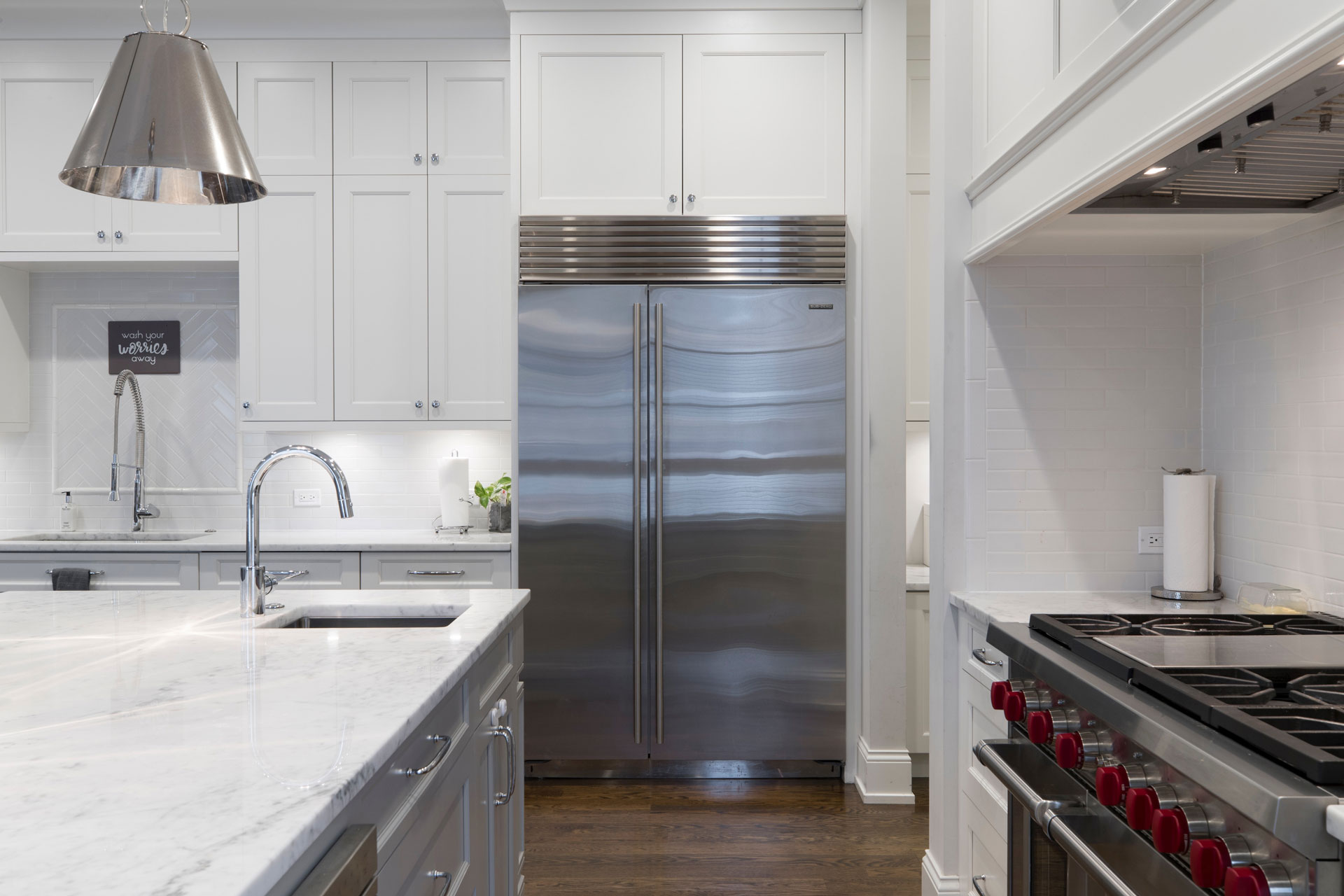
The shift towards solar energy is rapidly increasing, fueled by the urge to reduce energy costs and protect our planet by minimizing reliance on fossil fuels. If you are considering making the transition to solar, one of the most important questions you are likely to ask is, “How many solar panels do I need?” The answer to this question is not straightforward and depends on several factors. Here are the top five considerations when calculating your solar panel needs.
1. Understanding Your Energy Consumption
The first step in determining your solar panel needs is understanding your household’s energy consumption. This requires a review of your electricity bills to ascertain how much energy you consume on a monthly or yearly basis. Energy consumption is usually indicated in kilowatt-hours (kWh).
Remember, energy usage fluctuates throughout the year, with consumption usually higher during extreme weather seasons due to heating or cooling needs. A year’s worth of bills can give you a better picture of your annual consumption.
Once you have this data, you can begin to calculate how much energy your solar panels need to generate. It’s worth noting that solar energy production varies depending on the time of the year. During summer, longer daylight hours will result in higher production, while shorter days in winter will generate less power.
2. Solar Panel Efficiency (300 words)
The efficiency of a solar panel refers to its ability to convert sunlight into usable electricity. This is a crucial factor to consider when calculating your solar panel needs, as higher efficiency panels generate more electricity per square foot than lower efficiency panels.
The efficiency of solar panels typically ranges between 15-20%. For example, a 300W panel with 20% efficiency will generate more electricity than a 300W panel with 15% efficiency under the same conditions. Hence, using high-efficiency panels can reduce the number of panels you need to meet your energy needs.
Keep in mind that factors such as the panel’s positioning, shading, and local weather conditions can also influence a solar panel’s efficiency.
3. Available Space for Solar Panels (300 words)
The amount of space available for solar panel installation directly affects the number of panels you can install. This space could be on your roof or in your yard if you opt for ground-mounted solar panels.
For roof installations, you must consider the orientation, tilt, and shape of your roof, and whether it has any obstructions such as chimneys, skylights, or vent pipes. South-facing roofs usually generate the most electricity, but east and west-facing roofs can also be effective. The tilt of your roof also plays a role in the solar panels’ efficiency.
For ground-mounted installations, the space required can be significantly larger than roof installations, but they offer more flexibility for optimal orientation and tilt.
Ensure you work with a reputable solar installer who can conduct a detailed site assessment to determine the best placement for your solar panels to maximize production.
4. Local Climate and Sunlight Exposure (300 words)
The amount of sunlight your location receives directly impacts how much electricity your solar panels can generate. Locations closer to the equator typically receive more sunlight hours, making solar energy a highly effective choice.
But it’s not just about the number of sun hours. Local weather conditions play a part too. If your area experiences frequent cloud cover, dust, or smog, these can reduce your panels’ productivity.
Most solar panel manufacturers will provide a production estimate for their panels based on the average sunlight hours for your location. This information, combined with your energy consumption, can be used to calculate how many solar panels you will need.
5. Future Energy Needs (300 words)
While it’s important to base your solar needs on your current energy usage, it’s equally crucial to consider any anticipated changes in your future energy needs. For instance, if you plan to buy an electric vehicle, install a pool, or increase the size of your family in the future, these will all increase your energy consumption.
Additionally, think about potential energy-saving measures you might take, such as upgrading to energy-efficient appliances or improving your home’s insulation. These can reduce your energy needs and hence the number of solar panels required.
By considering these factors, you can come up with a more accurate estimate of your solar panel needs, helping ensure you get a system that’s adequately sized for your household. An experienced solar installer can assist you in this process, providing guidance based on their knowledge and experience in the field. Going solar is a significant decision, but with the right information and assistance, it’s a step towards a greener and more sustainable future.
